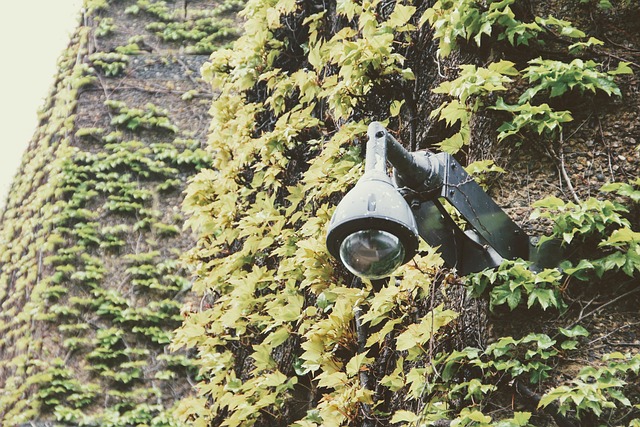High-definition (HD) cameras are transforming security and surveillance by offering crystal-clear, continuous 24/7 monitoring, outperforming standard definition models in low light and capturing fast-moving objects. Their enhanced detail visibility enables better identification, facilitates quicker decision-making, and provides invaluable evidence for thorough investigations, ultimately bolstering safety. Selecting the right HD camera system requires understanding specific needs, strategic planning, and regular maintenance to ensure optimal performance and real-time incident response through 24/7 monitoring.
In today’s digital age, capturing clear and detailed footage is essential for various purposes. High-definition (HD) camera installation has become a game-changer, offering unprecedented clarity and insights. This article explores the significance of HD cameras in enabling continuous 24/7 monitoring. We’ll guide you through choosing the ideal camera system, understanding the installation process, and maintaining your investment to ensure optimal performance. By adopting HD technology, businesses can enhance security, surveillance, and overall operational efficiency.
- Understanding the Need for High-Definition Cameras
- Benefits of 24/7 Monitoring with HD Cameras
- Choosing the Right Camera System for Your Requirements
- Installation Process and Best Practices
- Maintaining and Optimizing Your HD Camera System
Understanding the Need for High-Definition Cameras
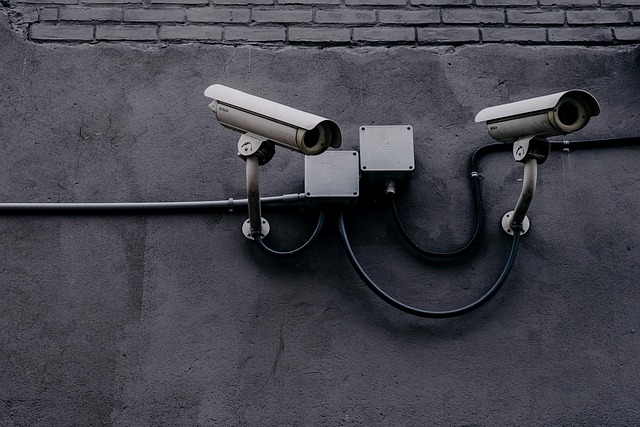
In today’s world, where visual content holds immense power in conveying information and evoking emotions, high-definition (HD) camera technology has become indispensable. The shift from standard definition to HD has revolutionized various industries, particularly security and surveillance. With the advent of 24/7 monitoring becoming increasingly common, having clear and detailed footage is crucial for effective security management. Standard definition cameras often fall short in low-light conditions or when capturing fast-moving objects, leading to pixelated images and reduced visibility. This is where HD cameras excel; they provide sharper, more vivid images, ensuring that every detail is visible, even in challenging lighting scenarios.
High-definition cameras offer a clearer picture, allowing for better identification and recognition of individuals, vehicles, or other essential elements within the frame. This heightened clarity is vital for security personnel to make informed decisions promptly. Moreover, HD footage aids in thorough investigations, as it provides more comprehensive evidence, enhancing the overall security and safety of premises. The demand for 24/7 monitoring necessitates a corresponding upgrade in camera technology to meet these new standards.
Benefits of 24/7 Monitoring with HD Cameras
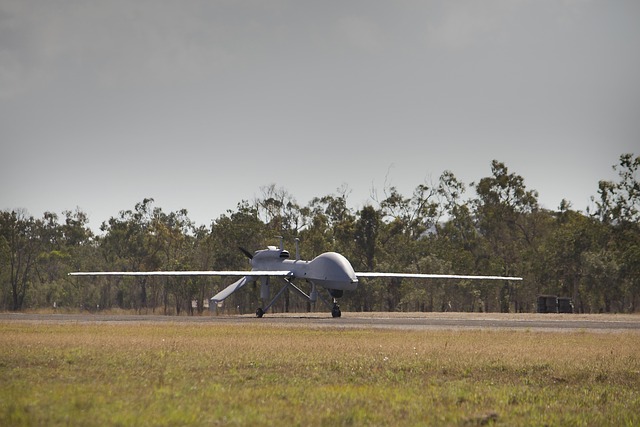
High-definition (HD) cameras offer a significant advantage with their ability to provide continuous, crystal-clear footage at all times. One of the most valuable benefits is the capability of 24/7 monitoring. This feature ensures round-the-clock surveillance, allowing users to stay vigilant and responsive to any situation. With HD cameras, every detail becomes visible, enabling better decision-making and immediate action when needed.
The clarity of HD resolution enables businesses and individuals to identify people, objects, and events with ease, even in low-light conditions. This level of detail is crucial for enhancing security, preventing crimes, and documenting significant incidents. Moreover, the constant stream of high-quality video can serve as valuable evidence, providing a comprehensive record of activities that can be reviewed at any time, ensuring better preparedness and peace of mind.
Choosing the Right Camera System for Your Requirements

When it comes to selecting a camera system for high-definition footage, understanding your specific needs is paramount. Different setups cater to various applications, from security and surveillance to sports and wildlife documentation. For instance, if you’re aiming for 24/7 monitoring, robust and durable cameras with excellent low-light performance are essential. These features ensure clear images around the clock, enhancing security and peace of mind.
Additionally, consider the resolution requirements based on your intended use. Higher resolutions provide sharper, more detailed footage but also result in larger file sizes. Balancing these factors ensures you choose a camera system that meets both your quality and storage needs, delivering optimal performance for your particular project or business.
Installation Process and Best Practices
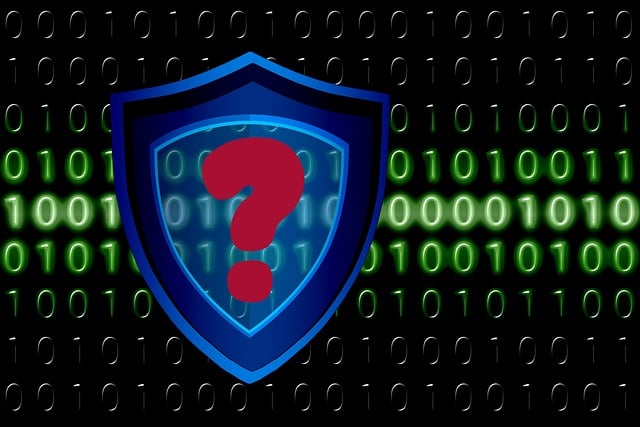
The installation process for a high-definition camera system involves careful planning and precision to ensure optimal clarity and quality in footage. It begins with assessing the location, considering factors like lighting, obstructions, and environmental conditions. The next step is selecting the appropriate camera equipment, matched to your specific monitoring needs, whether it’s 24/7 surveillance or periodic checks. Installation itself requires skilled technicians who can securely mount cameras, connect them to recording devices, and configure settings for optimal performance.
Best practices dictate a multi-step approach to guarantee clear footage. This includes ensuring proper camera positioning for maximum coverage without visual obstructions. Additionally, using high-quality cables and connectors prevents signal loss or degradation. Regular maintenance checks and calibration are vital to keep the system in top shape. In terms of 24/7 monitoring, setting up remote access allows for continuous surveillance, enabling quick response times to any incidents captured on camera.
Maintaining and Optimizing Your HD Camera System
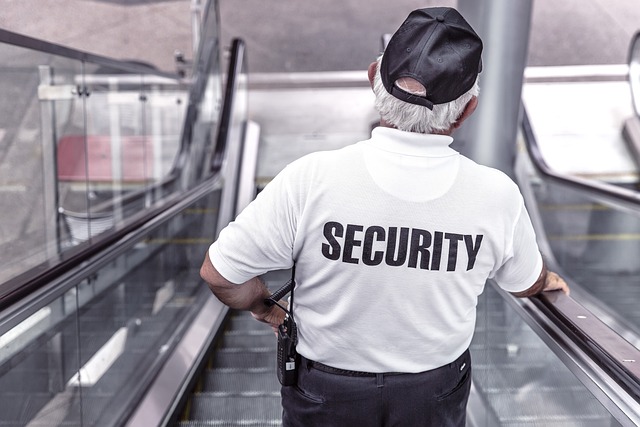
Maintaining and optimizing your high-definition camera system is key to ensuring clear, consistent footage. Regular cleaning and calibration are essential practices. Dust and debris can accumulate on sensors over time, affecting image quality, so periodic dusting and a thorough sensor cleaning are recommended. Additionally, keeping your lenses free from smudges and fingerprints will enhance optical clarity.
For optimal performance, consider implementing 24/7 monitoring solutions. These systems allow for real-time alerts and remote access, enabling quick response to any issues that may arise. Regular firmware updates are also vital; they not only fix bugs but often include improvements in image stabilization, dynamic range, and low-light performance, further elevating the quality of your footage.
High-definition camera installation offers a game-changing solution for enhancing security and surveillance. By embracing 24/7 monitoring with HD cameras, individuals and businesses can gain invaluable insights from clear, detailed footage. From choosing the right system to optimal maintenance practices, each step ensures a robust and effective security network. Investing in this technology is a strategic move towards a safer and more informed future.
